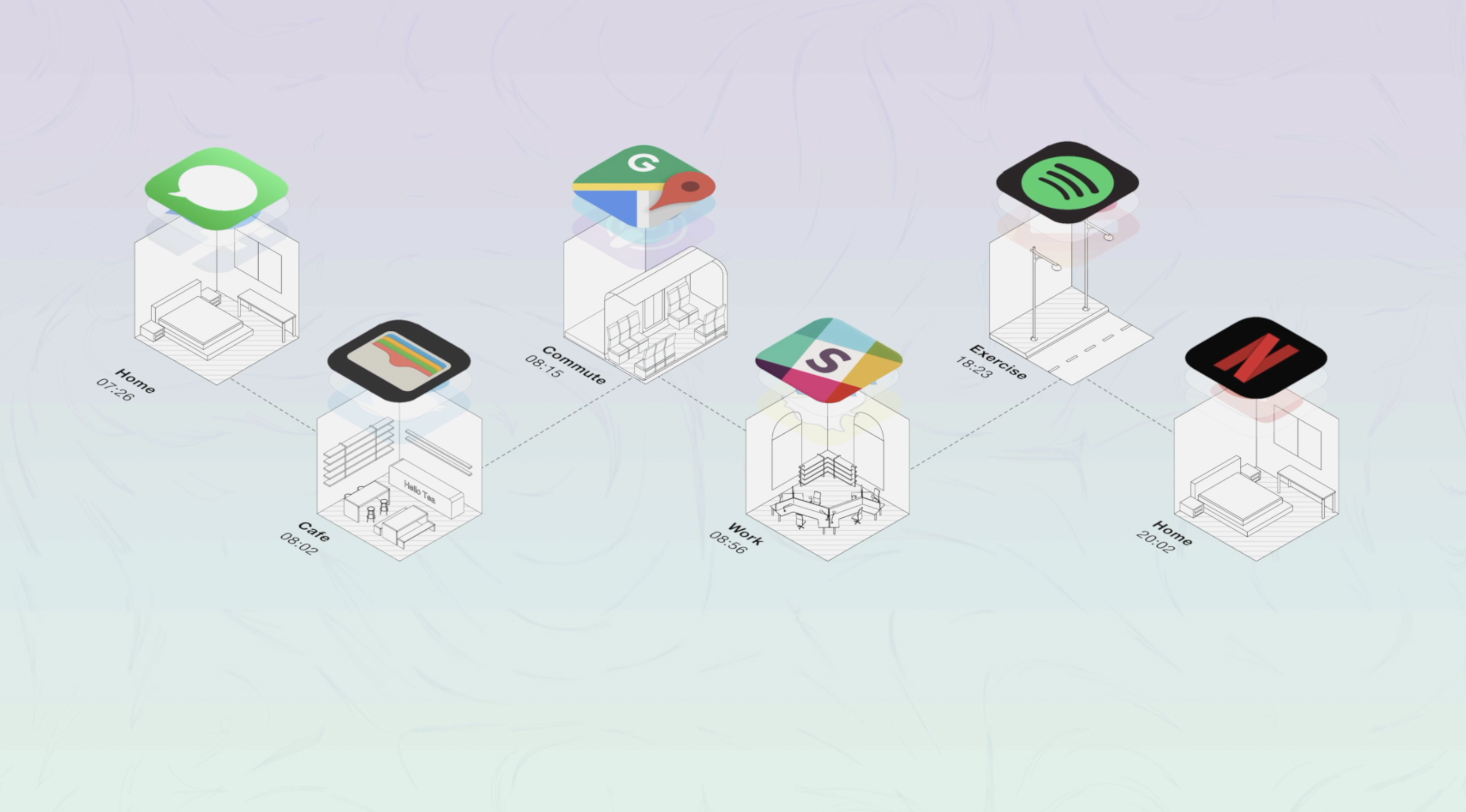during the week of
Architecture, Cedric Price | #2
“Technology is the answer, but what was the question?” Cedric Price asked.
I’m currently half way through “Architectural Intelligence” by Molly Wright Steenson. Since the beginning of my senior year, I have been fascinated by the relationship between the bits and atoms, the physical and the digital, the architectural and the computational. At some point, I would love to go to (or help create) a grad school that offers something in between, instead of one or the other. I also hope that, my senior thesis on “The “Space” of Computing” is only the beginning of my investigation in this area.
“I feel that the real definition of architecture is that which through a natural distortion of time, place, and interval creates beneficial social conditions that hitherto were considered impossible.”
In the quote above, I find it curious that he defined architecture as a way to distort time, place, and interval. To an extend, the word “distort” feels more intentional, genuine, speculative, and playful than words like “intervene”.
“In Price’s work the purpose of technology was “to take part in the architectural debate, perhaps through contribution, disputation, or the ability to shock.” Price used technology as a provocation for change — change in the design process, change in how people interacted with buildings and cities, change in the status quo.”
Perhaps, this is what (feels to me) is missing in today’s digital design. Technology has “the ability to shock” and can be used “as a provocation for change”. Digital design today does the opposite of creating “space” for people to reflect. Instead, we’ve been architecting digital “spaces” so that the paths are fixed, and predictable.

, (this comma separates notes from different days)
Does one need to make sacrifice(s) by making a vision real? Recently, I’ve had several discussions about the difference between doing research or academic work versus making products that will participate in people’s everyday life. It seems like, those who prefer to do research, believe that (commercial) products cannot fully represent the vision, and those who work on products that are shipping, believe that research is conceptual and ‘fluffy’.
Is there an in-between? Can we introduce speculative work into people’s everyday life?
Throughout my senior thesis, I struggled tremendously in translating what I was thinking into something others could relate to, and hence begin to care about. I asked myself, do I care if others don’t understand it? And I cared. I ended up acting out as a computer and shared that as a computer, I wish that my relationship with you will be more than what it is right now. In retrospect, if I chose not to translate my thinking/work into something that’s relatable and understandable, I would have done zero work, or at least that’s my opinion.
“If a tree falls in the forest, and nobody heard it, did it make a sound?”
“If someone has done work, and nobody understands it, was the work done?” I’m pretty sure my answer is no.